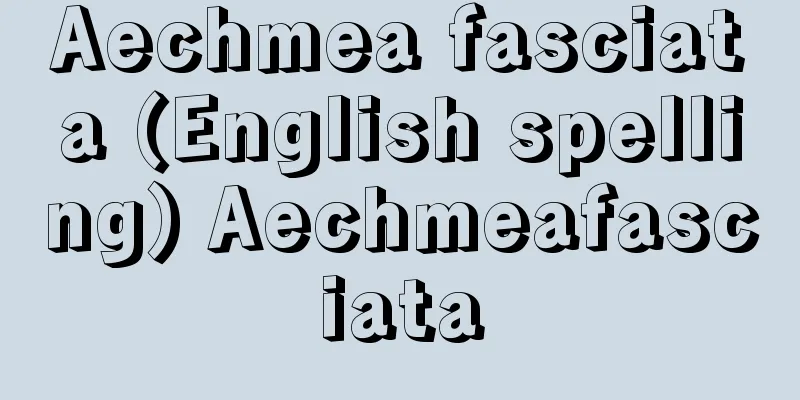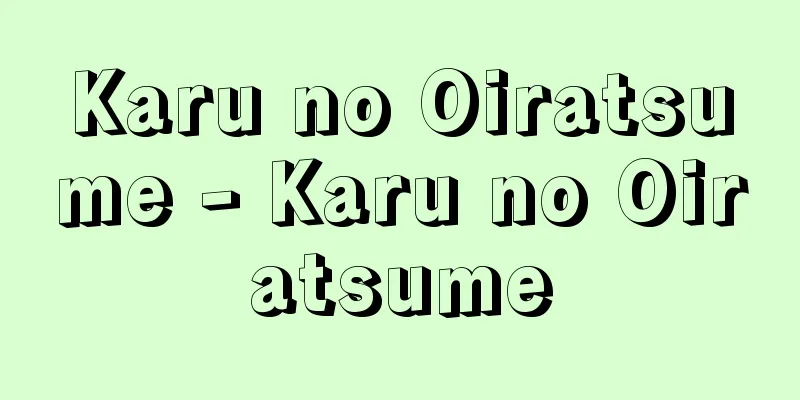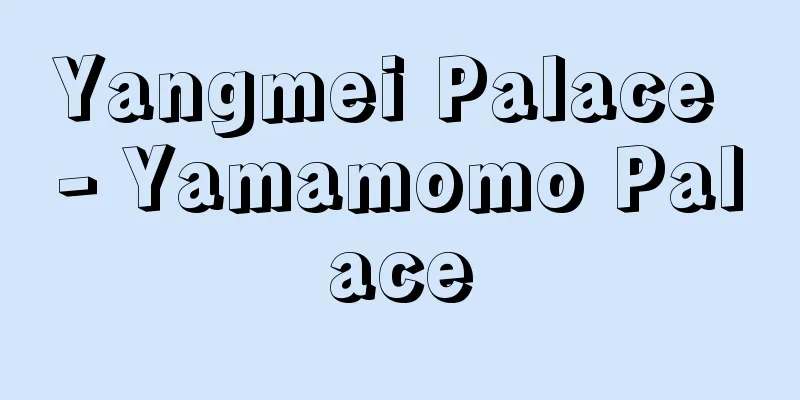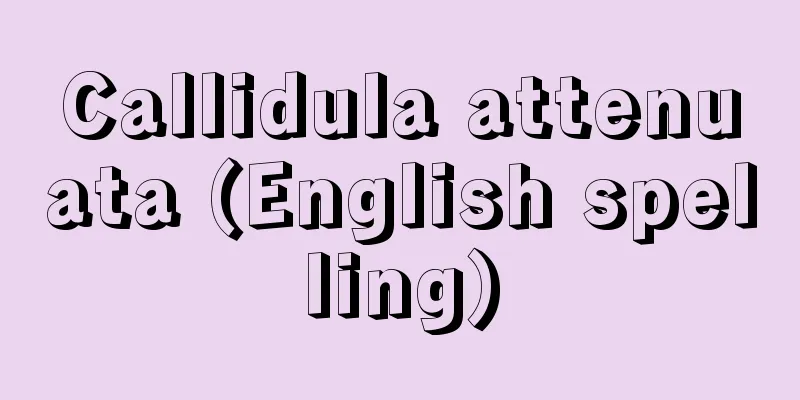School Education Law - gakkou kyouikuho
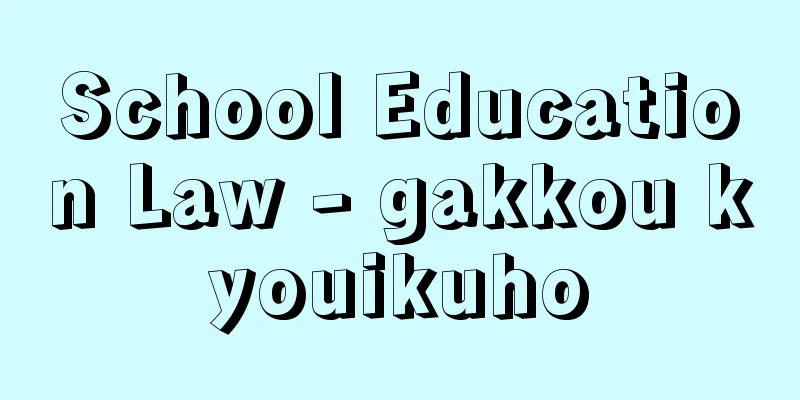
|
This law lays down the foundations of the current school system. It was Act No. 26 of 1947. It consists of 13 chapters and 146 articles. Chapter 1, General Provisions, contains provisions common to all schools, such as the establishment, management, burden of expenses, tuition fees, disciplinary action against principals, teachers, students, health examinations, and school closure orders. Chapter 2, Compulsory education, Chapter 3, Kindergartens, Chapter 4, Elementary schools, Chapter 5, Junior high schools, Chapter 6, High schools, Chapter 7, Secondary schools, Chapter 8, Special needs education, Chapter 9, and Chapter 10, Colleges of Technology, contain provisions for regular schools. Chapter 11, Specialized training schools, and Chapter 12, Miscellaneous Provisions, contain provisions for miscellaneous schools, etc. Chapter 13 contains penal provisions. The Supplementary Provisions contain provisions for laws, imperial ordinances, and transitional measures that will be abolished when this law comes into force. This law, which was promulgated together with the Fundamental Law of Education in 1947, changed the pre-World War II branch school system to the so-called 6-3 single-track school system, in accordance with the recommendations of the American Educational Mission Report. Under the pre-war school system, students who had completed the elementary course of the national school were eligible to enroll at the age of 12. After the Treaty of Peace with Japan came into force in 1952, numerous attempts were made to drastically revise the new school system because it was deemed incompatible with the nation's strength and conditions. In fact, the permanent establishment of junior colleges in 1949, the launch of the Skilled Education Cooperation System (whereby students enrolled in part-time or correspondence courses study at a skill education facility designated by the prefectural committee in question are considered to have completed some of the subjects taught at high school) and the higher technical college system in 1961, and the establishment of the Specialized Training College System in 1975 all meant major revisions to the school system. However, these revisions left the basic character intact, and it was thought that the various problems it faced would be resolved by improving the content of education and institutionalizing lifelong education. The secondary education school system launched in the 1998 (Heisei 10) reform incorporated a 6-6 system into the previous single-track 6-3 system. The selective introduction of integrated junior and senior high school education by local governments was aimed at correcting the distortion of secondary education under a uniform entrance examination system, and eventually aims to diversify and double-track the entire school system. The reform is said to be aimed at expanding the range of choices available to children and parents, and ensuring revitalization and "leisure" in school education. However, at the time of the reform, the then Director-General of the Elementary and Secondary Education Bureau and Director-General of the Educational Aid Bureau of the Ministry of Education, Culture, Sports, Science and Technology, gave the following advice regarding the newly established public six-year secondary education schools: [Kimura Tsuneo] "Commentary on the School Education Law" by Naito Yoshisaburo (1947, Hikari Publishing)" ▽ "School Education Law" by Amagi Isao (1958, Nippon Hyoron Shinsha)" ▽ "Commentary on the School Education Law: Primary and Secondary Education" by Imamura Taketoshi and Beppu Satoshi (1968, Daiichi Hoki Publishing)" ▽ "Postwar Japanese Education Reform 5: School System" edited by Yamauchi Taro (1972, University of Tokyo Press)" ▽ "Article-by-Article School Education Law" edited by Suzuki Isao (1995, Gakuyo Shobo) [Reference items] | | | | | | | | |Source: Shogakukan Encyclopedia Nipponica About Encyclopedia Nipponica Information | Legend |
|
現行学校制度の根幹を定める法律。昭和22年法律第26号。全13章146条からなる。第1章総則に、各学校共通の事項として学校の設置、管理、経費の負担、授業料、校長・教員、学生・生徒等の懲戒、健康診断、学校の閉鎖命令などに関する諸規定、第2章義務教育、第3章幼稚園、第4章小学校、第5章中学校、第6章高等学校、第7章中等教育学校、第8章特別支援教育、第9章大学、第10章高等専門学校の順で、正規の各学校に関する規定が定められ、第11章専修学校、第12章雑則中に各種学校等の規定が設けられている。第13章には罰則。附則には、本法の施行により廃止されるべき法律、勅令と経過措置などが定められている。 1947年(昭和22)教育基本法とともに公布されたこの法律は、第二次世界大戦前の分岐型学校体系を、アメリカ教育使節団報告書の勧告に従い、いわゆる六三制の単線型学校体系に改めた。戦前の学校体系では、国民学校初等科の修了者は、12歳で、 対日講和条約などの発効(1952)後、新学校体系は、国力、国情に合致しないとの理由から幾度となく抜本的改正が試みられた。事実1949年(昭和24)の短期大学の恒久化、1961年の技能連携(定時制または通信制の生徒が当該都道府県委員会の指定する技能教育施設で学習した場合、高等学校の教科の一部の履修とみなす)制度と高等専門学校制度の発足、1975年の専修学校制度の成立などは、いずれも学校体系上の大きな修正を意味した。しかし、これらの改正では基本的性格はそのまま残ったとみてよく、それが抱える諸問題は、教育内容の充実と、生涯教育の制度化といった方向で解決が図られていくものと考えられた。 1998年(平成10)の改正で発足した中等教育学校制度は、これまでの単線型の六三制に、六六制の体系をも組み込んだ改革である。地方公共団体による中高一貫教育の選択的導入は、画一的受験体制下のゆがんだ中等教育の是正を期したもので、やがては学校制度全体の多様化・複線化をも企図している。子供や保護者の選択の幅を広げ、学校教育の活性化と「ゆとり」を保証するための改革とされている。しかし、改革に際し当時の文部省初等中等教育局長、教育助成局長が新設の公立六年制中等教育学校について [木村力雄] 『内藤誉三郎著『学校教育法解説』(1947・ひかり出版社)』▽『天城勲著『学校教育法』(1958・日本評論新社)』▽『今村武俊・別府哲著『学校教育法解説 初等中等教育編』(1968・第一法規出版)』▽『山内太郎編『戦後日本の教育改革5 学校制度』(1972・東京大学出版会)』▽『鈴木勲編著『逐条 学校教育法』(1995・学陽書房)』 [参照項目] | | | | | | | | |出典 小学館 日本大百科全書(ニッポニカ)日本大百科全書(ニッポニカ)について 情報 | 凡例 |
>>: School lunch - gakkou kyuushoku
Recommend
Ulster (clothing) - Ulster
A double-breasted winter coat worn by both men and...
Lemert, EM (English spelling)
…Similar analyses of the normative consciousness ...
atresia hymenalis
…A condition in which part of the genital lumen i...
Sphyraena barracuda (English spelling) Sphyraenabarracuda
… [Makoto Shimizu]. . … *Some of the terminology ...
Adhémar Esmein
1848‐1913 French legal historian and constitutiona...
Pythia
...In addition to this, Apollo, who was imagined ...
Kamakura-dono
〘Noun〙① Refers to the general of the Kamakura Shog...
Lyricism
Lyricism, especially in artistic expression. Also,...
Franz [II] - Franz
The last Holy Roman Emperor (reigned 1792-1806). S...
Albireo - Albireo (English spelling)
The proper name of Beta Cygnus. Located in the be...
Phoenicopterus ruber (English spelling)
...The chicks reach adulthood in 1 to 1.5 years, ...
Consequences
…Medieval logic was established in the 13th centu...
Porta (English spelling) Porta, Carlo
Born: June 15, 1776 in Milan Died January 5, 1821....
Academic Society - Gakukyokai
...A general term for organizations organized by ...
soil release
...PP processing, which uses a lot of treatment a...




